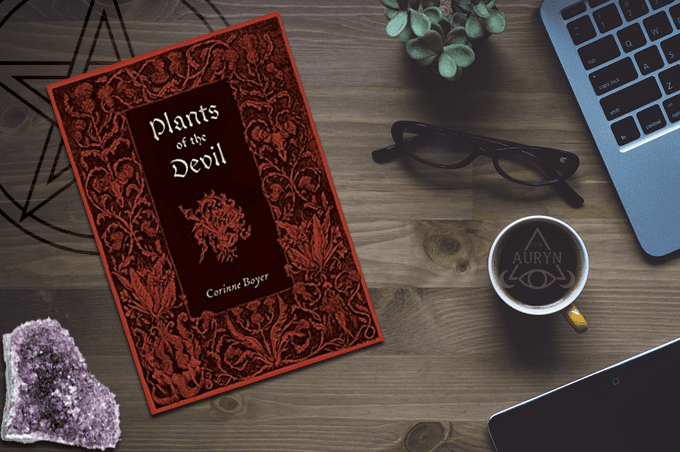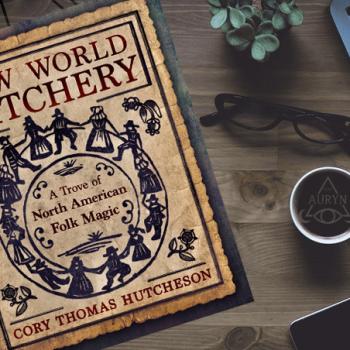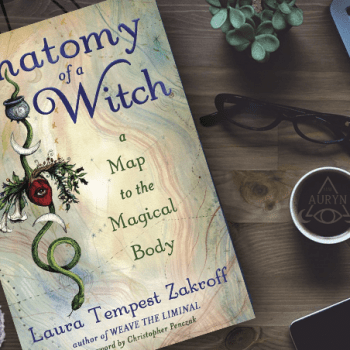
Corinne Boyer’s Plants of the Devil is a treasure. The book traces European folklore, old wives’ tales and myths about plants that are associated with the Devil, both as Old Wild Horned God and as the adversarial enemy, depending on the culture and time. “In many respects, this work addresses the dark characters and abilities of particular plants, those that have been recognized by humans throughout history, and utilized in turn. Attributes as being painful, baneful, toxic, sinister, ominous, haunted, seductive, and dangerous, all have been brought to illumination through the folklore presented. The Devil, whether perceived as a force of Evil to thwart humans from their devotions to God within a religious framework, or as precarious face of wildness within the landscape, shares many of these same qualities. The association between certain plants and the Devil has therefore formed a natural linkage, one that has served to perpetuate the forbidding and wicked plant lore to a deeper degree, over time.” writes Boyer in the epilogue. This small but rich book includes Irish, Russian, Romanian and Transylvanian folklore and charms, as well as that of many other European areas to invite the Old One’s influence or to ward against it. Most interesting is that a lot of these plants are commonly understood as being plants of healing, while their darker lore has been overlooked.
Boyer writes masterfully, being poetically expressive without sliding into pretentiousness and articulately informative without being inaccessible or overly academic. The author presents a fruitful harvest of lore and information that is sure to inspire anyone who works with plants in their witchcraft practices. Instead of holding your hand and teaching you how to work with these plants, she instead plants the seeds of inspiration for you to cultivate and nurture into your own practice. The book is full of beautiful full-page illustrations and ornamental illustrations by Marzenna Ableweska. These images are almost a meditation in themselves, giving the text a deeper richness, which is something that I’ve come to expect with books published by Three Hands Press. The book itself should be in anyone’s collection who is serious about working with plants and their lore.
















